Upside-down gardening:
To-Do in February
February in Central Otago is the peak of summer and the days are hot and dry. Beware of the sun: we are right under a hole in the ozone layer here, and the high incidence of skin cancer is no coincidence. Garden early in the morning when it’s nice and cool, stay hydrated and wear a hat. Watering is the top priority. It is sensible to have timed irrigation systems but wandering around the garden with a hose to give a little extra water to plants that the irrigation system might have missed is a pleasurable way to relax.
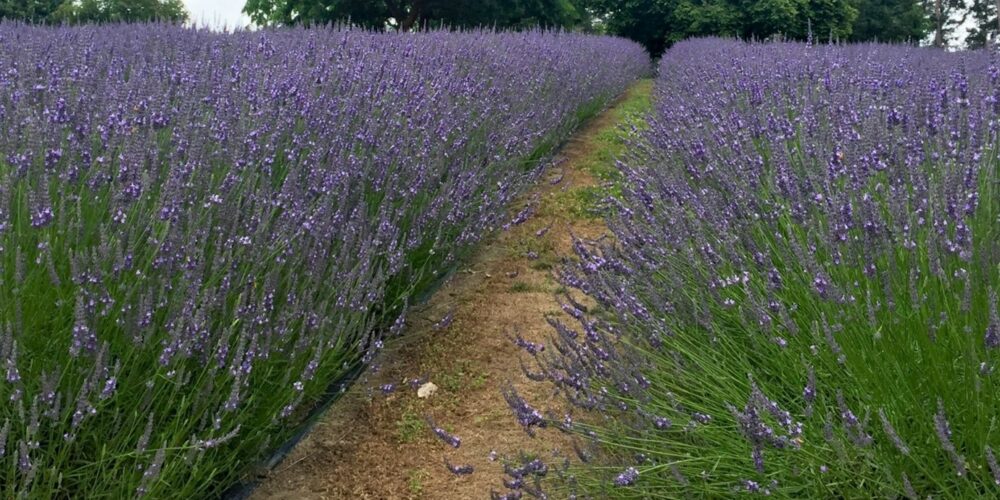
The Ornamental garden
Pruning
Yews, topiary and rosemary
Some of the older houses in Central Otago have a yew tree or two by the front door. If you haven’t done so already, you should prune yours now. You can be quite ruthless; it is worse to let it get out of shape and have to cut the whole thing right back than to cut back a bit too much and have to wait for it to regrow. Trim any topiary, box hedging and rosemary to help it keep its shape.
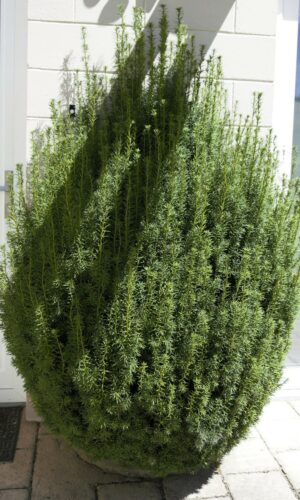
Lavender
Once lavender has finished flowering, you should cut it back to about a hand’s width from the ground. The books say don’t cut into old wood, but I had some old, very woody plants in need of either rejuvenation or disposal, which I cut back very hard indeed. It was a case of kill or cure and, on this occasion, it cured them. Like rosemary and box, lavender is very easy to propagate from cuttings. Just strip off a few leaves from the bottom of some of your prunings and push them into the soil where you would like them to grow. I’ve even managed to propagate a couple of small yews this way.
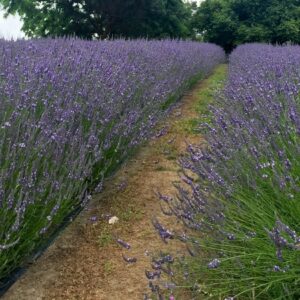
Philadelphus, Mock orange
Once your philadelphus has finished flowering, cut out the oldest canes at the base, ideally removing about a third of the shrub. You will need good loppers or a pruning saw. These plants flower on the previous season’s new growth. When you have done this, take a step back and look at its shape. You might want to reduce its height a little, but this is not necessary for its health.
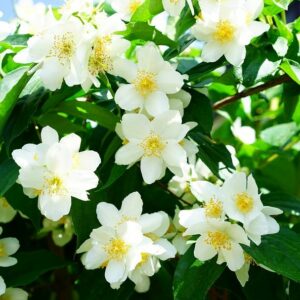
Care for plants in pots
Keep a close eye on any plants you have in pots. They dry out very quickly at this time of year and may need watering twice a day. Group the pots so that the plants can enjoy a little humidity from their neighbours. I put saucers under all my pots and, unlike in the UK, I like to make sure the saucers are full of water most of the time. They dry so quickly that there is no chance of roots rotting. Check the plants for pests at the same time, especially under the leaves. If you see greenfly or whitefly, fill up a spray bottle with water and add a couple of drops of washing-up liquid. Spray the leaves all over with this. It knocks the pests off and makes it hard for them to hold on to the leaves.
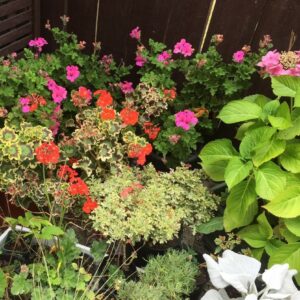
Propagate tiger lilies
The easiest way to propagate tiger lilies is by lifting and dividing the bulbs, but another way is to plant the bulbils that develop on their stems. You can plant them directly in the garden, marking the spot, so that you don’t inadvertently weed them out. It can take two or three years for the plants to develop to flowering size. I took some from a friend’s tiger lilies this year.
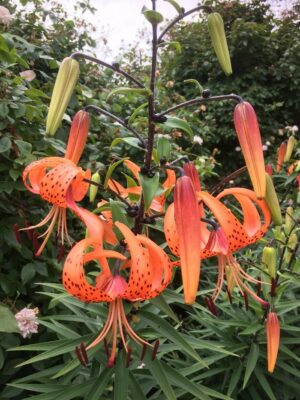
Add to your Gardenize database
While you’re in the garden, you probably have your phone handy, so if you need to remind yourself about a job that needs to be done, you can take a photo of the plant that needs attention and create an event. For example, I have a clump of agapanthus that has become overcrowded and is only flowering at one end. I just photographed the clump, added it to my list of plants and made an event for mid-March called “Lift and divide agapanthus”.
The vegetable garden
- Lettuce bolts easily in the heat of summer, but if you sow seed now, it’ll be emerging as the weather cools. Keep it well-watered. I like to sow it under the pea and bean support, so that it benefits from a little shade.
- Sow Florence fennel seeds direct in the garden. Fennel grows like a weed here. You can let it self-seed, but don’t keep the parent plants. They become tough with age and they take up a lot of room, with very deep roots and tall stalks. The swollen stems are delicious sliced thinly and eaten raw. I also like to add a few of the feathery leaves when I am making stock: a hangover from living in the UK, where fennel is expensive and has a short season.
- Sow leeks, onions, brussels sprouts and beans (not broad/fava beans: wait until March for them)
- Harvest your lovely tomatoes. I always have more than I need for salads, so I like to simply whizz up any ripe ones with some fresh herbs in the food processor (skins and all: I don’t want to spend a lot of time on this), put them in a butter tub or similar and freeze them. They are then very handy to add to soups or Bolognese sauce. I bought a dehumidifier last year, so I’m going to experiment with dried tomatoes this season.

Harvest fruits
Harvest regularly. This is a great time to feast on garden produce:
- Figs as they become ripe.
- Apples and pears, being careful not to damage the fruiting spurs.

Hi, pleased to meet you
My name’s Pamela and a few years ago, at the age of 55, I made the decision to start a new adventure. I left the north-west of England, where I had lived all my life, and moved to New Zealand. I’ll tell you more about why I did that in a future article. I’m excited to be a guest blogger on Gardenize, and I’m looking forward to writing about my garden in beautiful, sunny Alexandra in Central Otago.
My garden here is about as different as it could get from the damp, shady garden I left behind. Central Otago is the hottest, driest, coldest area in New Zealand, as we have hot summers and cold winters, along with a semi-arid climate. The area is famous for its orchards and vineyards. It has many quaint little rural townships with pretty cottage gardens featuring the peonies, bearded irises, hollyhocks, lilies, roses and lavender that grow so well here.
The landscape is spectacular, with dry, rocky mountains and impossibly blue lakes and rivers. The dry mountains look barren, but they’re actually covered in tough little thyme plants: a great clue to what might grow well in the garden.

GARDENIZE GARDEN APP
Your garden friend with green fingers and photographic memory.
Gardenize is an app for gardening and cultivation that helps you to overview, understand and develop your garden and your crops. Organizing your garden makes it easier to succeed and your Gardenize app structures all information and make it searchable. You’ll get tips and inspiration from other Gardenizers around the world. All Gardenize basic features are free to use. You can download the app from the App Store or Google Play, or create an account directly in the web app in your browser. Get to know Gardenize better here.
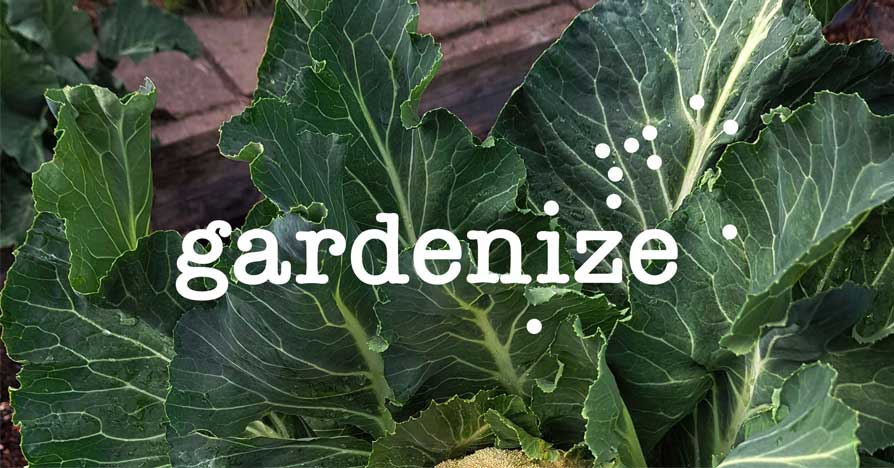
More from Gardenize
Images published on the Gardenize website belong to Gardenize AB and may not be used without permission.


